I prefer to avoid pesticides, at times however I want crops and plants I love are being destroyed. One of the safer pesticides to use is soap.
Additionally I would rather add potassium to my crops, than sodium. Most soap these days is made from Sodium Hydroxide, it is cheaper and makes a harder soap. The old stuff was made with potash, Potassium Hydroxide. It costs a bit more, but for spraying on the tender leaves of my plants, I want a better grade of soap.

Potassium Hydroxide is still a dangerous chemical, and care needs to be taken when using it.

First things first, protective gear.

Vinegar is an acid that can be used to neutralize the Potassium Hydroxide, or KOH. It will quickly negate the alkali effects of KOH, but it will also produce heat while doing it. It is possible to cause burns while trying to prevent burns. To prevent this, the vinegar needs to be used wastefully as a wash and not as an ointment. KOH should be washed off with lots of water and then the residue neutralized with vinegar. Having a hose turned on and ready is a very good idea.
Safety glasses and gloves are also needed for safety. The area needs to be well ventilated, children and animals need to be elsewhere when handling dangerous chemicals. paths need to be clear, actions need to be rehearsed and considered. Contingencies planned for, I did this outside, in case I needed the hose to clean with.

Note that in this picture, the scale is not protected. This is probably not ideal.
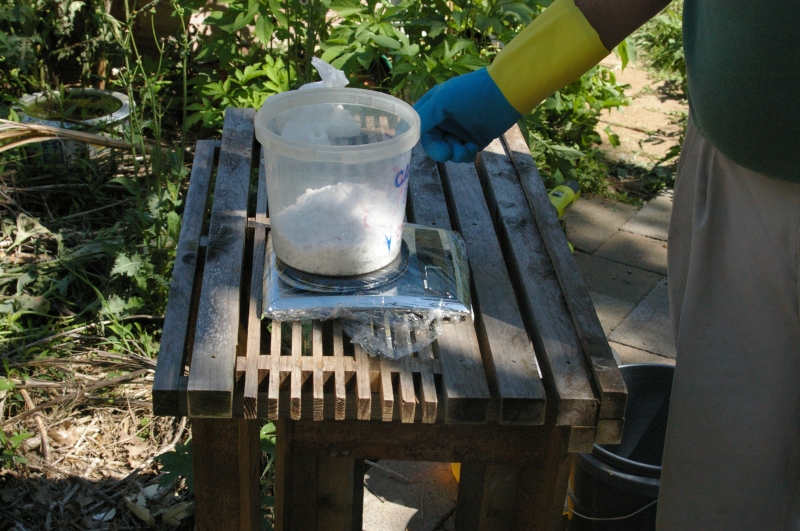
In this picture, the scale is protected by plastic wrap, while the Potassium Hydroxide is being measured.
Here is the process, on a nice warm day, with a pleasant breeze and with no distractions or issues likely to arise, measure the water into a bucket and then measure and mix the KOH into the water. The chemical reaction of the KOH melding with the water is exothermic. Heat will be produced. Care must be taken, and the KOH must be added slowly. One of the many things you want to avoid is melting the plastic bucket while working with caustic chemicals. In my experience KOH is not as bad as Sodium Hydroxide for generation of heat, but being careful and aware of what is going on, is very important when working with these materials. The dust from KOH being poured can be quite bad for you. Bad for your eyes, bad for your skin and lungs. The vapors created when you initially mix KOH and water are also best avoided. So attention to detail and careful material handling are big issues.

I am using a cement mixer on a power drill to mix. When I actually pour the KOH, it is much closer to the bucket. I mix as I pour, so that the heat of reaction is not concentrated at the bottom of the bucket and instead is diffused through the rest of the water.

After the water and KOH have been mixed, you now have lye water and you want to start adding oil. The reason that I have specified a warm day is two fold. Oils pour better when warm, and need to be liquid to mix in any case. If the lye water temperature is lower than the temperature that the oils you are using stay liquid, you will have problems. If the mix falls below body temperature, it will probably not saponify. Saponification is the process of lye water and oil mixing and producing soap. This reaction may or may not instantly happen, and may cause you considerable stress getting it to happen. Agitation and warmth are key to making it start. Sometimes it will start and stop. In some cases it will take a long time. In any case, soap does not cure as well or at all when cold.

Here is the mix I made, Water, KOH, Soybean Oil, Palm Oil all carefully measured and added. Now I see a problem. The bucket is too full to mix well. I made too much. So I carefully mixed it up and then removed a bit, to try and keep the mix even. If I just removed the lightest materials on top, I am sure to mess up the recipe.

Here I am mixing the stuff. Note that a bit has spilled, and that the small bucket beside it has separated out. A sure sign that it has not reacted and made soap.
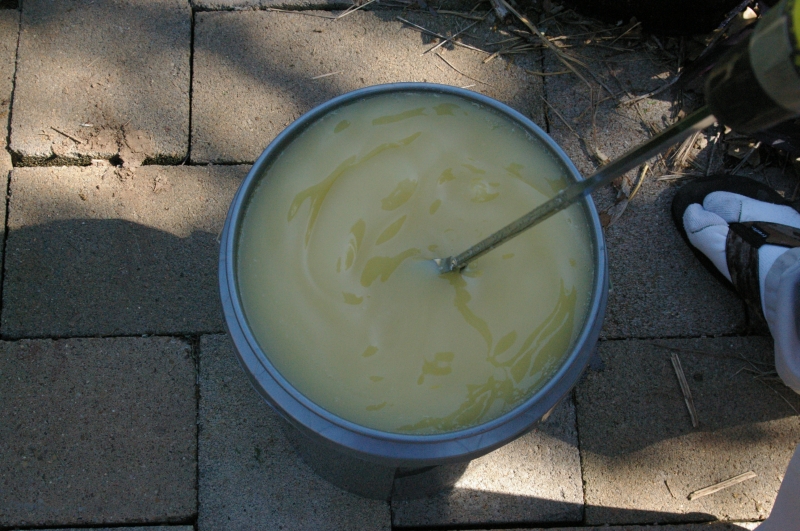
Finally you can see that the goop has started to gel. This is the sign that it is beginning to be soap. Notice that the shadows are getting longer. Sadly a cold snap was coming in, and part way through, the gelling stopped. I put the raw partially reacted soap in my green house and the next day when the mix was nice and warm, it quickly mixed up and made soap. Fortunately my poor timing did not result in a bad batch.
Usually you wait for two weeks or a month before using the raw soap. You also make sure there is not lye left over that has not reacted. To avoid this your recipe is usually five to ten percent super fatted. That means that more oil was used than was needed to prevent making skin damaging soap. Since I was not worried about making a hard bar of soap, I used extra water. This helps to prevent all sorts of possible issues. It also speeds the reactions.
Here is the horrible test that I use to see if my soap is going to be harsh. Before I tell it to you, please remember that I do not advise anyone to be as crazy as I am and use my methods. A strip of litmus paper is a much better way to go. I just like to do it the way the old timers did, I taste my soap. If it does not burn my tongue, then it is not caustic. This is not a compliment to the soap really, but this was, hands down, the best soap I have ever tasted. I still washed my mouth out with water.
Bob
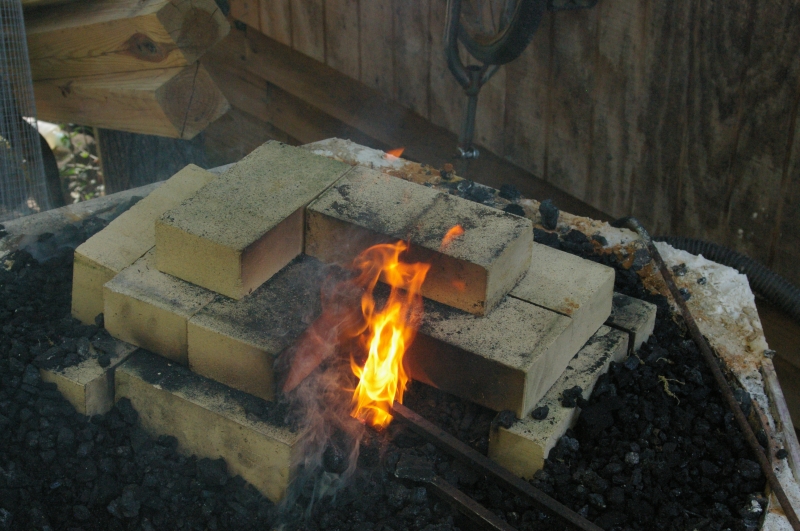
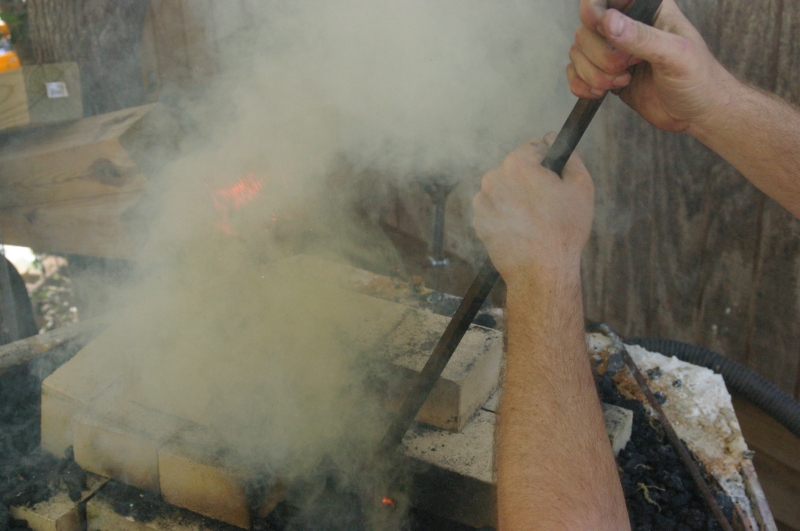


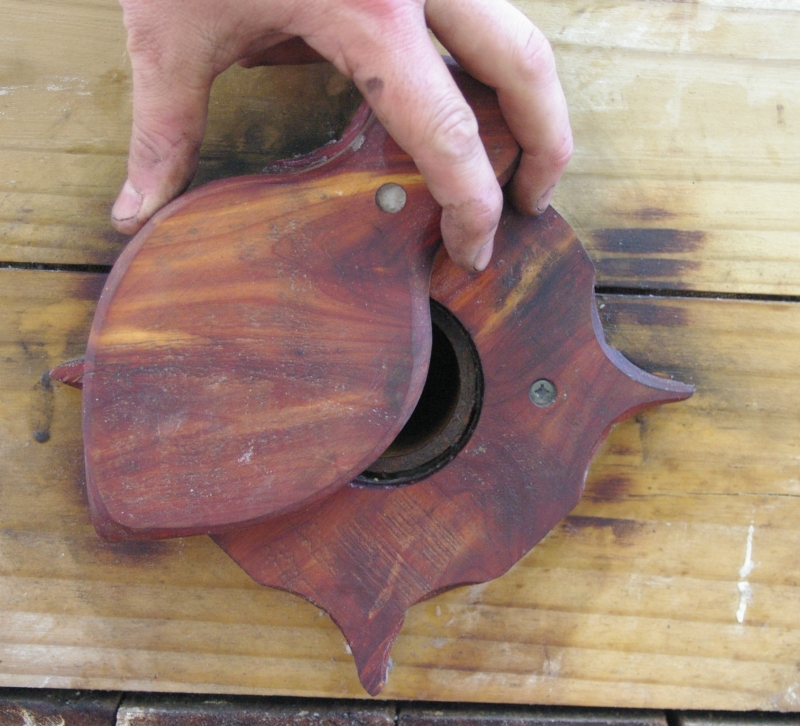

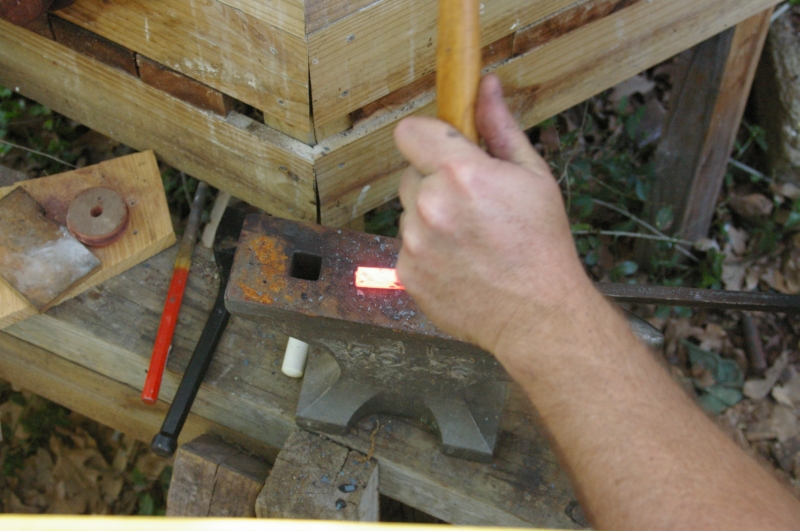











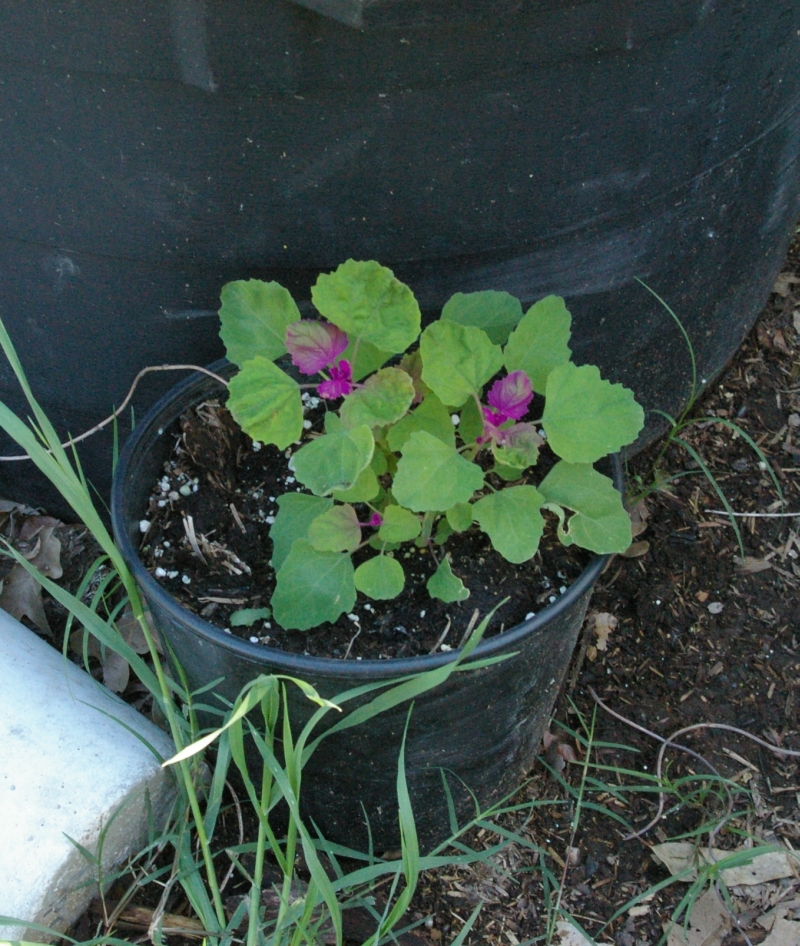
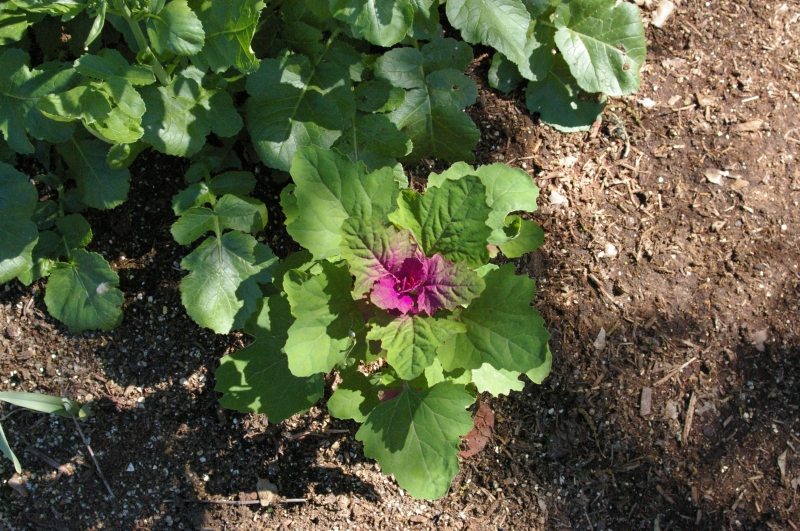
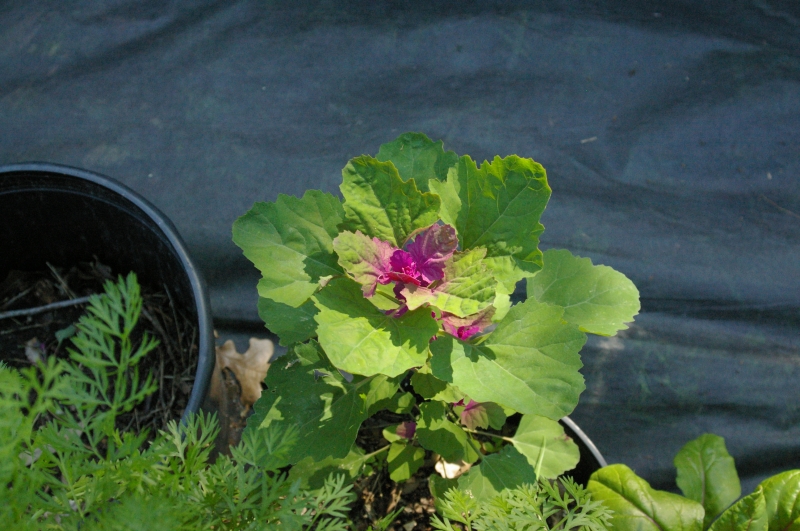



 A page Dedicated to My Writing
A page Dedicated to My Writing
Recent Comments